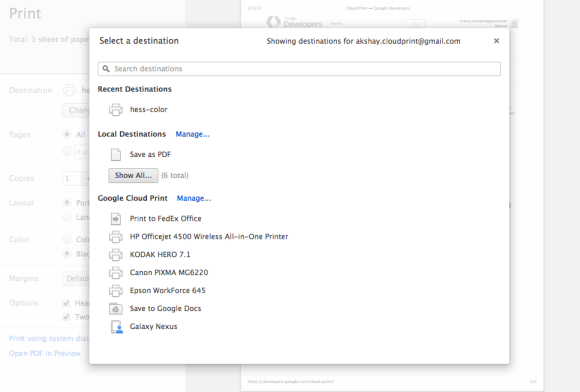Today, if someone called a company the next Hewlett- Packard, this would probably mean it is a prime candidate to book huge losses because of disastrous acquisitions. What might such a company look like? Consider Xerox Corp. (XRX)
The most glaring sign that large writedowns may be needed at Xerox is a line on its books called goodwill, which is the intangible asset that a company records when it pays a premium in a takeover. Xerox’s balance sheet would have investors believe that its goodwill alone, at $9 billion, is more valuable than what the market says the whole company is worth.
Xerox’s goodwill obviously isn’t worth that in reality. Goodwill exists only on paper and can’t be sold by itself. It’s a plug number, defined under the accounting rules as the difference between the purchase price for an acquisition and the fair value of the acquired company’s net assets.
‘Reference Points’
Asked about the possible need for large writedowns, a Xerox spokeswoman, Karen Arena, noted that the company will conduct its annual goodwill-impairment test this quarter.“Share price is just one of several reference points we use to validate our assumptions,” she said. “We also look to our operational results, including cash flows, revenue growth and profit margins.”
Most of the goodwill on Xerox’s balance sheet arose from the company’s $6.5 billion acquisition in 2010 of Affiliated Computer Services Inc., a provider of information-technology services. Xerox allocated $5.1 billion of the purchase price in that deal to goodwill. Xerox’s latest balance sheet also showed $2.9 billion of other intangible assets, the bulk of which are customer relationships acquired from Affiliated Computer.
Suspiciously high goodwill was the same indicator I pointed to in an Oct. 4 blog post suggesting that more large writedowns were needed at Hewlett-Packard. (HPQ) The Palo Alto, California-based maker of computers and printers traded for a significant discount to book value at the time, and its goodwill exceeded its market value by $7.5 billion.
Hewlett-Packard last week disclosed an $8.8 billion writedown of goodwill and other intangible assets from its 2011 purchase of the U.K. software maker Autonomy Corp. It said more than $5 billion of the charge was related to financial-reporting improprieties by Autonomy. The disclosure sent Hewlett-Packard’s shares down 12 percent in a day.
Regardless of whether the allegation proves correct, Hewlett-Packard paid way too much for Autonomy, which had a reputation for aggressive accounting long before it was bought. (Just ask the analysts at the financial-research firm CFRA in New York, who wrote 14 reports from 2001 to 2010 raising doubts about Autonomy’s accounting and disclosure practices.)
Hewlett-Packard had allocated $6.9 billion of its $11 billion purchase price for Autonomy to goodwill. The writedowns disclosed last week were only the latest of their kind. Three months earlier, Hewlett-Packard recorded a $9.2 billion writedown largely related to its buyout of Electronic Data Systems Corp. in 2008.
Dubious Leaders
A search for other companies with strangely high goodwill values turned up several notable examples. Credit Agricole SA (ACA), the French bank that trades for about a third of its book value, shows goodwill of 16.9 billion euros ($21.9 billion). By comparison, its stock-market value is 14.6 billion euros.Telecom Italia SpA (TIT), which trades for about 60 percent of its book value, has goodwill of 36.8 billion euros and a market capitalization of only 13.2 billion euros. Fiat SpA (F), the Italian automaker, trades for less than half of book and shows goodwill of 10.4 billion euros -- more than twice its market value. Nasdaq OMX Group Inc. trades for 78 percent of book and shows $5.3 billion of goodwill; its market cap is $4 billion.
Those kinds of numbers -- where the balance sheets are clearly out of whack with market sentiments -- don’t necessarily mean the companies will be required to slash asset values. But they are strong indicators that big writedowns may be needed. The test under the rules ultimately comes down to management’s cash-flow projections, and whether they are strong enough to justify the goodwill on the books. That’s why goodwill writedowns can be an important signal about the future.
Xerox had an infamous accounting scandal more than a decade ago that resulted in a $10 million fine by the Securities and Exchange Commission. The penalty was a record at the time for an accounting-fraud case. Six former executives, including former Chief Executive Officer Paul Allaire, paid $22 million in SEC settlements in 2003. The last thing Xerox and its CEO, Ursula Burns, should be giving investors is a reason to wonder whether they can trust the company’s numbers.
The market has already decided it has one.



 Google
Google